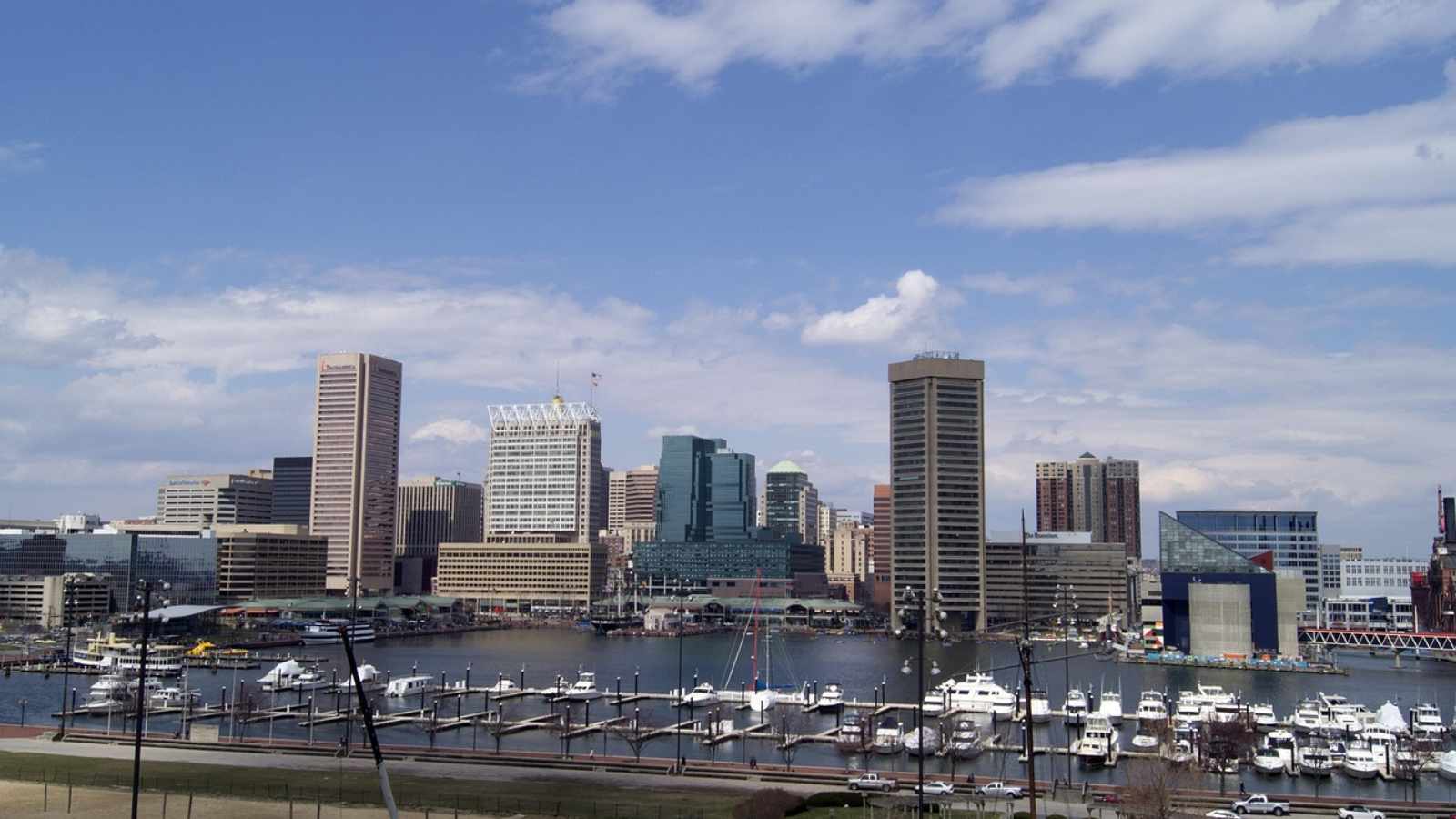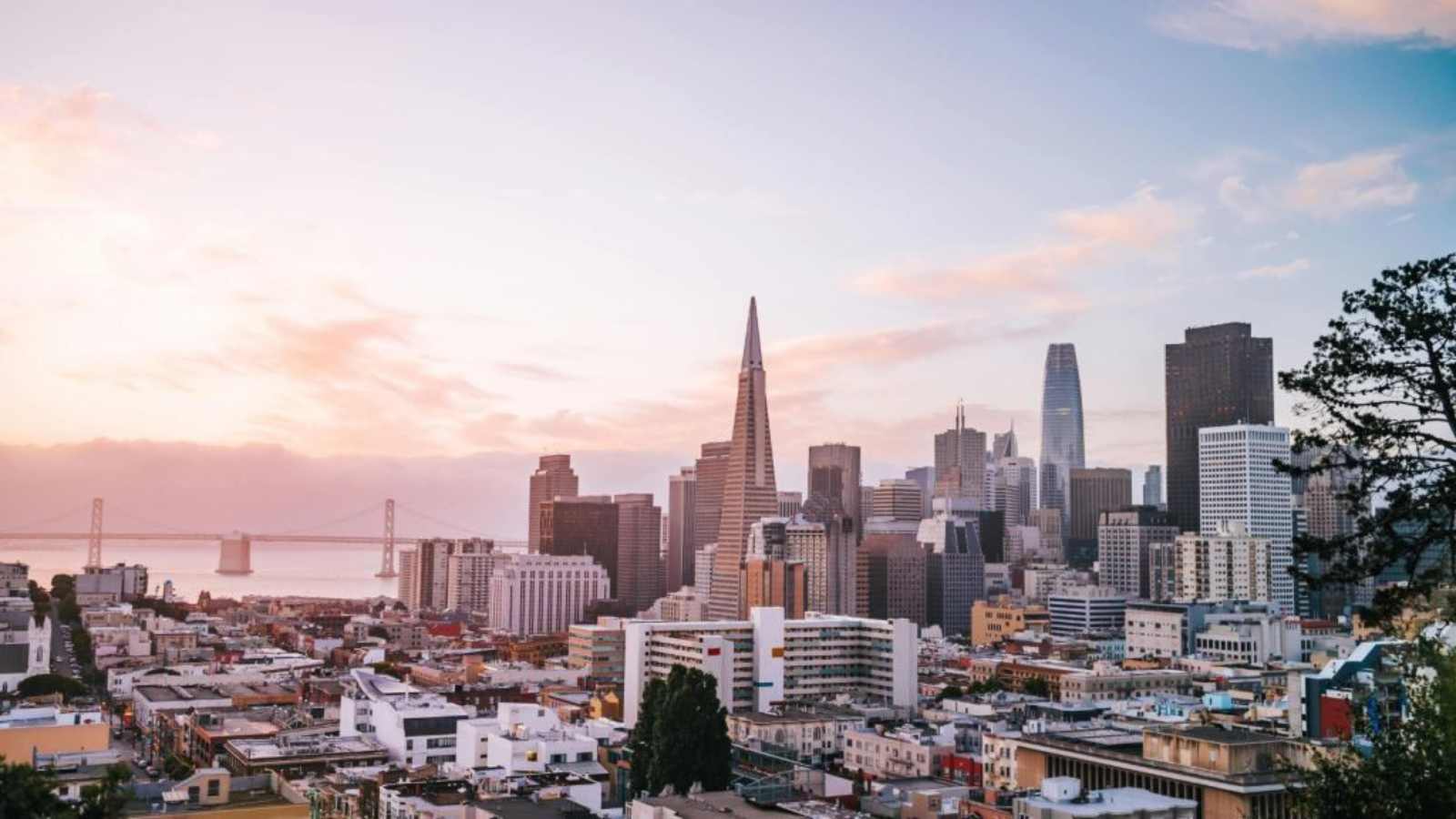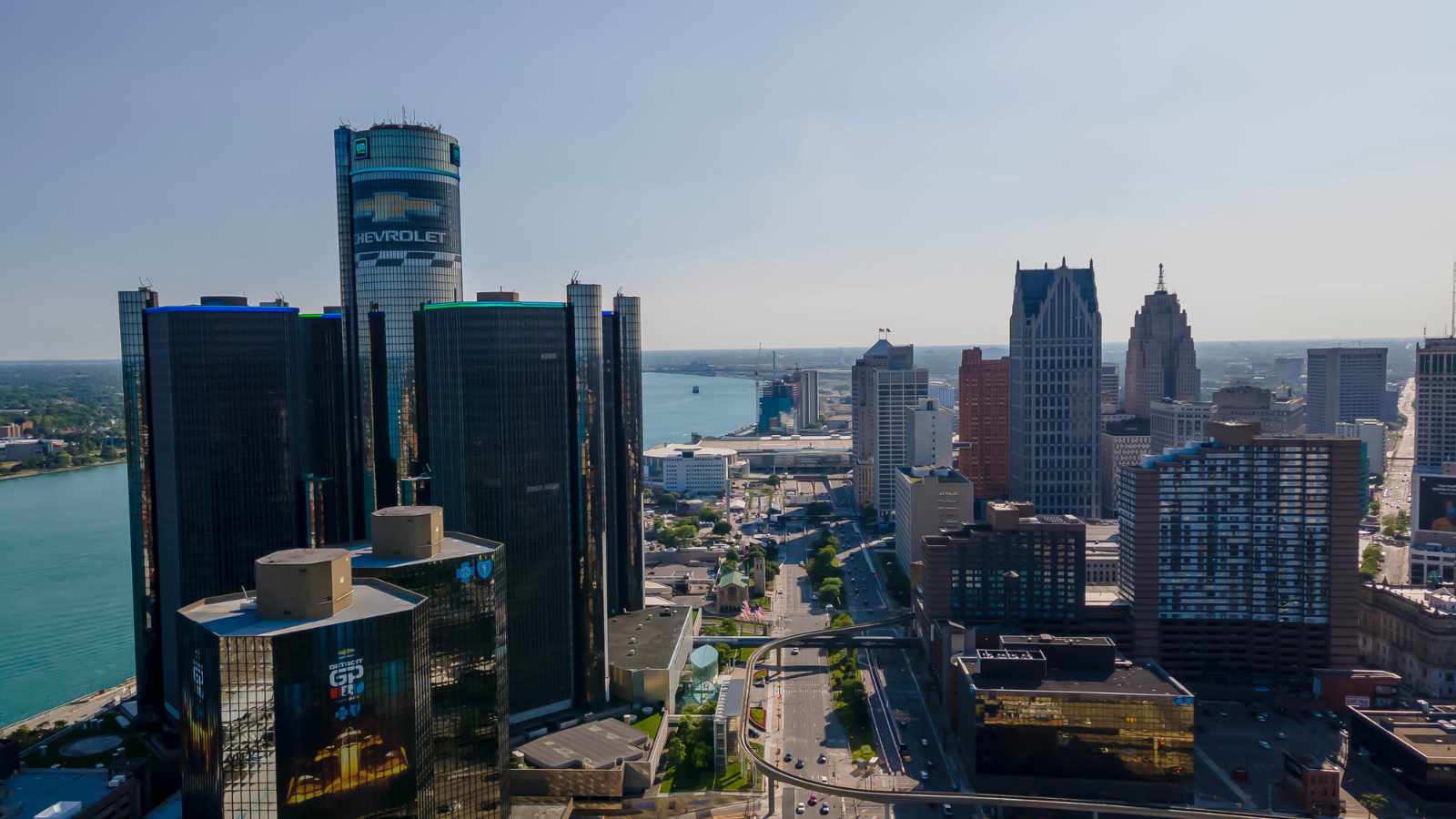
Across America, the once-shining promise of the American dream is fracturing along the fault lines of inequality, geography, and luck.
The American dream, that classic tale of pulling yourself up by your bootstraps, feels more like a fairy tale in some parts of the country. It’s the promise that hard work guarantees a better life, a home, and a future for your kids. But what happens when the bootstrap is broken, and the ladder of opportunity has missing rungs? For millions, that promise is fading into a myth.
From hollowed-out industrial towns to glittering cities with a dark side, the landscape of opportunity looks wildly different depending on your zip code. The system feels rigged, and the goalposts keep moving further away. This isn’t about a lack of effort; it’s about playing a game where the odds are stacked against you from the start. It’s where hope struggles to take root.
Baltimore, Maryland

Baltimore is a city of stunning contrasts, with beautiful historic neighborhoods existing alongside areas suffering from decades of neglect. For thousands of residents, the dream is blocked by crime, blight, and a feeling of being completely left behind. It’s hard to believe in upward mobility when your zip code determines your destiny.
The city’s struggles are a case study in systemic inequality, where the legacy of redlining and industrial loss still casts a long shadow. Trust in the institutions meant to protect and serve has been broken time and time again. This creates a cycle of despair that can be incredibly difficult to escape, no matter how hard you work.
McDowell County, West Virginia
Deep in the heart of Appalachia, this is coal country, or at least it used to be. For a century, the American dream here was covered in coal dust, but it was real. Now, with the industry in decline, the county faces a crisis of poverty, health, and hope. The mines’ closing didn’t just take away jobs; they took away the identity of an entire region.
The opioid crisis hit places like McDowell with a vengeance, a symptom of widespread despair. It’s tough to dream about the future when you’re just trying to survive the present. A study by the North Carolina Health Profile found that this county has one of the lowest life expectancies in the entire nation, a grim testament to its deep-seated challenges.
The Bronx, New York
Just a subway ride away from the unfathomable wealth of Manhattan, the Bronx tells a different story. It’s a borough of vibrant culture and tough, resilient people, but it also struggles with some of the most profound urban poverty in America. The American dream feels particularly cruel when you can see skyscrapers from your window but can’t afford basic necessities.
Here, the system’s failures are on full display, from underfunded schools to a lack of access to good jobs. The NYU Furman Center reports that the Bronx has the highest poverty rate of New York’s five boroughs, sitting at around 27.9%. It’s a place where your starting line in life dramatically limits how far you can run.
Cleveland, Ohio
Another titan of the Rust Belt, Cleveland has fought hard to reinvent itself after the collapse of its manufacturing base. There are pockets of new life, with a world-class medical center and a revitalized downtown. But for many residents in outlying neighborhoods, that prosperity feels like it’s happening in another world. The gap between the new Cleveland and the old one is vast.
The story here is one of stagnant wages and opportunities that never quite trickled down. A report from Policy Matters Ohio highlighted that for many workers in the metro area, wages have barely budged for years when you account for inflation. It’s like running on a treadmill; you’re working hard but not getting anywhere.
Rural Kansas
Out on the Great Plains, the American dream was once tied to the land and a small family farm. Today, that dream is being squeezed out by massive agricultural corporations and a steady hollowing out of small towns. Young people leave for college and never come back because there are no jobs waiting for them. The silence on Main Street can be deafening.
This leads to a “brain drain” that leaves communities without doctors, teachers, or the next generation of leaders. The towns that once fed America are now starving for opportunity and fresh hope. It’s a slow-motion crisis, as one “for sale” sign after another pops up in front of homes that have been in families for generations.
San Francisco, California

The Golden City is a land of extremes, where tech billionaires walk past tent cities without a second glance. You can code the next world-changing app here, but you probably can’t afford to live here while you do it. The dream of a simple life is crushed under the weight of a housing market that has gone entirely off the rails. This is where six-figure salaries can qualify you for low-income housing.
It’s a tough pill to swallow when you work hard but are still priced out of the community you serve. According to Zillow, the median price for a single-family home here recently hovered over a staggering $1.2 million. That’s not just a barrier to entry; it’s a brick wall. The gap between the haves and the have-nots isn’t just a gap; it’s a canyon.
Imperial County, California
Located in Southern California’s stark desert landscape, this county is an agricultural powerhouse. It feeds a considerable portion of the country, yet it suffers from one of the highest unemployment rates in the nation. The people who harvest America’s food often can’t afford to put enough on their own tables. The irony is as scorching as the desert sun.
The work is back-breaking, the pay is low, and the opportunities for advancement are few and far between. It is a modern-day example of a marginalized workforce powering a massive industry with little to show for it. This is where the dream of fair pay for a hard day’s work withers on the vine.
Flint, Michigan
The Flint water crisis became a national scandal, but for the people who live there, it was something much worse. It was a fundamental betrayal that shattered their faith in the system. The American dream is impossible when you can’t even trust the water coming out of your tap. It’s a fundamental failure that poisons everything else.
The crisis exposed deep-seated issues of racial injustice and environmental inequality. The city is still recovering, not just from the lead in the water, but from the leaden weight of being treated as disposable. Rebuilding that trust is a monumental task, and for many, the dream died when the water turned brown.
The Mississippi Delta
This region, with its deep cultural soul, is the birthplace of the blues, but it’s also home to some of the most persistent generational poverty in the developed world. For many families here, the American dream isn’t a ladder to climb but a deep well they can’t escape. Poverty is an inheritance passed from one generation to the next.
Lack of access to quality education, healthcare, and jobs creates a cycle that feels unbreakable. The report from America’s Health Rankings has ranked Mississippi last for child well-being. A child’s potential is extinguished before they even have a chance to dream.
Detroit, Michigan

Once the engine of America, the Motor City is a powerful symbol of industrial decline. While parts of downtown are seeing a comeback, many neighborhoods are still wrestling with the ghosts of abandoned factories and forgotten promises. The jobs that built a strong middle class here vanished, and they aren’t coming back in the same way. People are still fighting for their city, but it’s an uphill battle.
Generations of families built their lives around the auto industry, only to see it crumble. A recent report from The Detroit News shows Detroit’s poverty rate is still over 30%, a figure that is more than double the national average. It’s a constant reminder of how fragile economic security can be when it’s tied to a single industry. The resilience here is incredible, but resilience alone doesn’t pay the bills.
Atlantic City, New Jersey
For a while, Atlantic City seemed like a sure bet, a place where casino jobs offered a ticket to the middle class. But the boom went bust, and the city is a monument to the fragility of a single-industry economy. Behind the glittering facade of the remaining casinos are neighborhoods wrestling with poverty and crime.
The promise was that the wealth from the Boardwalk would lift the whole city, but it never fully materialized. Instead, it created an illusion of prosperity while the foundations of the community were crumbling. It’s a cautionary tale about what happens when a town gambles its future and loses.
Disclaimer – This list is solely the author’s opinion based on research and publicly available information. It is not intended to be professional advice.
Like our content? Be sure to follow us.
How Total Beginners Are Building Wealth Fast in 2025—No Experience Needed

How Total Beginners Are Building Wealth Fast in 2025
I used to think investing was something you did after you were already rich. Like, you needed $10,000 in a suit pocket and a guy named Chad at some fancy firm who knew how to “diversify your portfolio.” Meanwhile, I was just trying to figure out how to stretch $43 to payday.
But a lot has changed. And fast. In 2025, building wealth doesn’t require a finance degree—or even a lot of money. The tools are simpler. The entry points are lower. And believe it or not, total beginners are stacking wins just by starting small and staying consistent.
Click here and let’s break down how.






